Eco-friendly and aesthetically pleasing, fibre cement roof tiles aren’t your typical tile. They come with many unique benefits and work well as an alternative to traditional slate tiles. How so? Find out more below.
Table of contents
What are fibre cement roof tiles?
Fibre cement roof tiles are man-made tiles that replicate the look of traditional slate roof tiles. Almost all man-made slates are manufactured using fibre cement. This is due to the many benefits fibre cement offers, which you can check out now via this guide.
Appearance: Fibre cement looks amazing
These roof tiles look great without needing slate materials to do so. There are also a variety of colour choices, with popular colours being blue and black in the collection. You could even combine different fibre cement colours to create a widely unique-looking roof if desired.
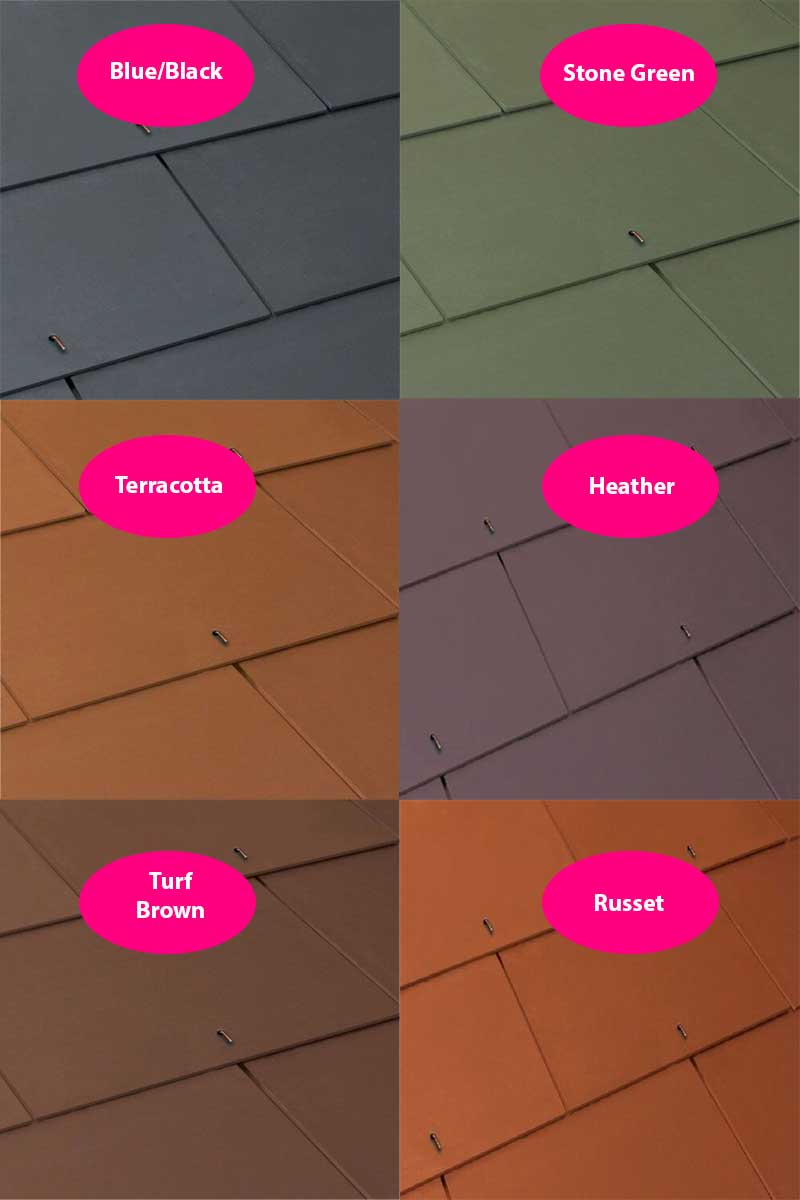
Environment: Fibre cement is widely eco-friendly
Fibre cement reduces the amount of wastage created. In fact, this material has 100% recyclable capability. They’re also lightweight, making them easier to transport and reducing CO2 emissions during their travel.
Structure: Fibre cement is incredibly durable
The structure of fibre cement slates is beautifully stable. This means that, unlike natural slate, these tiles don’t need to grade and sort while they’re being installed. It also means that they’re harder to break, so their lifespan can reach approximately 20-60 years, depending on the level of damage created and maintenance performed.
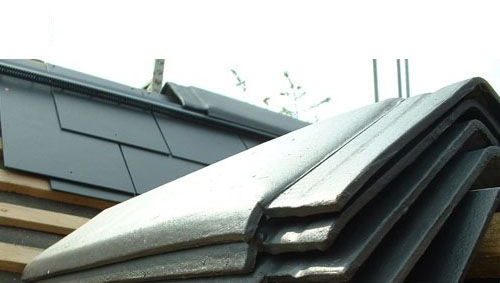
Cost: Fibre cement is great for cost-effective projects
Modern manufacturing gets even more incredible when you know that man-made fibre cement roof tiles can start at prices as little as £1 or even less in some cases. They boast a lower price on average per slate than genuine slate roof tiles. They also have a consistent thickness, preventing the need to sort by thicknesses to find attractive slate roofs.
For more information about fibre cement roof tiles prices, check out our roof slate prices guide.
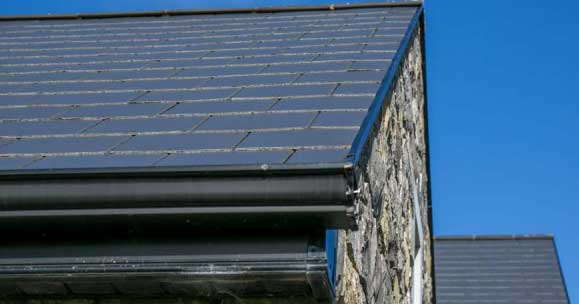
Maintenance: Low and simple
Many fibre cement roof tiles on the market are designed to withstand tough weather. Additionally, some are equipped with unique features to last even longer.
SVK’s fibre cement slates, for example, are designed with moss-inhabiting constituents. This helps prevent moss growth, keeping them looking good and lasting longer.
What fibre cement roof tiles are there?
With fibre cement, you have a vast amount of choice when it comes to designs. Here are some of the available choices you can have as part of your new roof.
Textured fibre cement roof tiles vs Smooth fibre cement roof tiles
It’s exactly what it says on the tin. Textured means you’re getting a tile with some raised detail and smooth means you’re getting a tile with a clean-cut appearance.
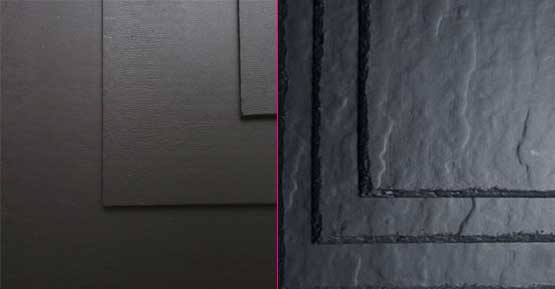
Smooth (left) and textured (right) fibre cement tiles
When it comes to textured fibre cement tiles, you’ll typically find they have a naturally textured finish and dressed edges to recreate traditional natural slates.
As for smooth fibre cement tiles, these are typically found with square cut dressed edges and an exceptionally smooth surface. These are more popular amongst industry professionals because of their uniform appearance.
Explore our site to discover products and find the right tiles for your project.
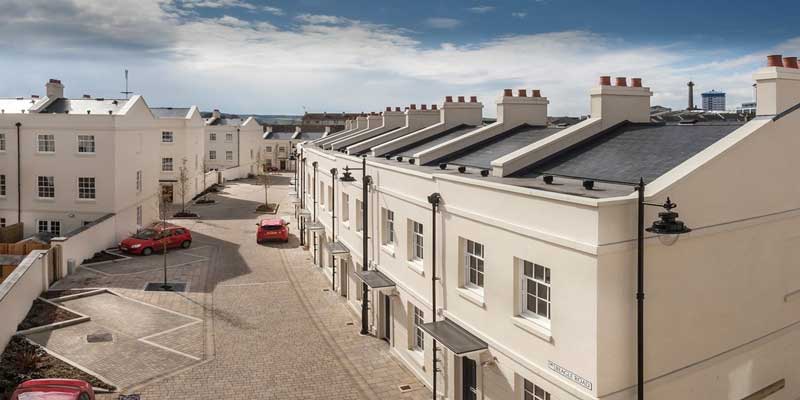
See examples of our available fibre cement roof tiles and more in our roof tile types guide. Alternatively, check out our slate roofing buyers guide to see whether natural slate tiles or fibre cement is for you.










